Have you ever walked into a room and felt utterly invisible? Yeah, me neither – cuz I’m always wearing something that makes heads turn. Fashion ain’t just about covering your body; it’s about screaming your identity to the world without saying a single word. Avant-garde fashion takes this concept and cranks it up to eleven.
Avant-garde style is where art meets fashion and has a wild love child. It’s experimental, boundary-pushing, and sometimes downright weird – but in the absolute best way possible. These outfits aren’t for the faint-hearted or those who prefer blending into the wallpaper.
Let’s dive into 18 mind-blowing avant-garde outfit ideas that’ll have people wondering if you just stepped off a runway in Paris or perhaps a spaceship from the future.
1. Architectural Shoulders: The Power Move
Remember those shoulder pads from the 80s? Well, forget em. We’re talking about shoulders that could literally hold up a small building.
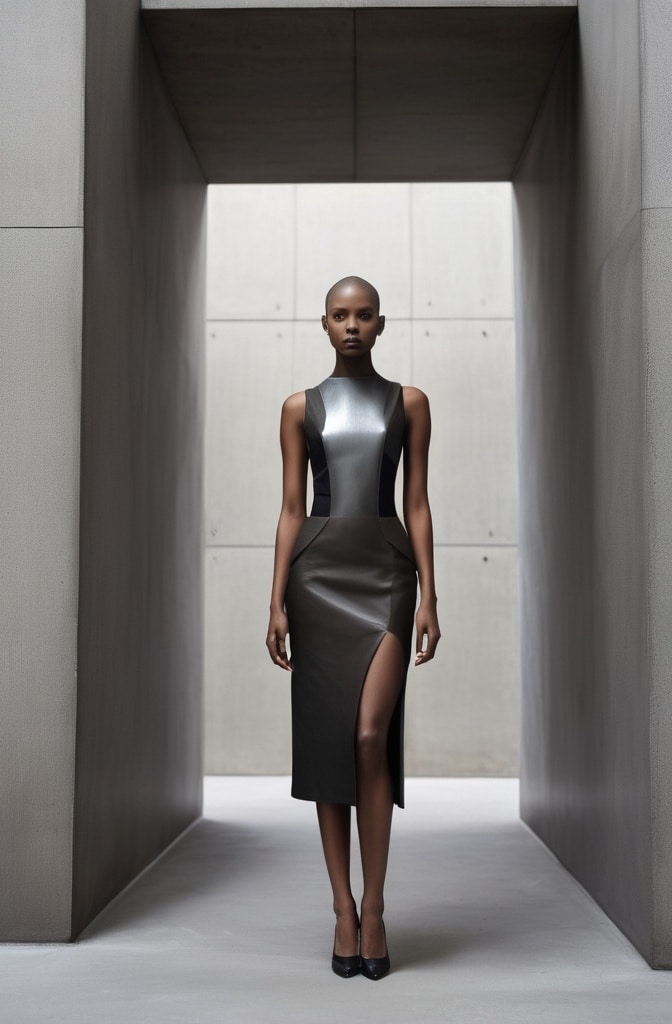
Exaggerated geometric shoulder pieces with sharp angles give your silhouette a completely alien vibe. Pair a black structured blazer featuring dramatic shoulder extensions with slim-fitting pants. The contrast between the voluminous top and streamlined bottom creates that perfect avant-garde tension.
The beauty is in how these pieces transform you’re posture – suddenly you’re standing taller, commanding more space.
Some designers like Gareth Pugh and Rick Owens have mastered this technique, creating pieces that make you look like you’ve stepped out of a sci-fi film directed by a fashion genius.
2. Deconstructed Denim: Rebellious Reimagination
Denim is boring, right? Wrong! When approached with an avant-garde mindset, even the most basic fabric becomes extraordinary.
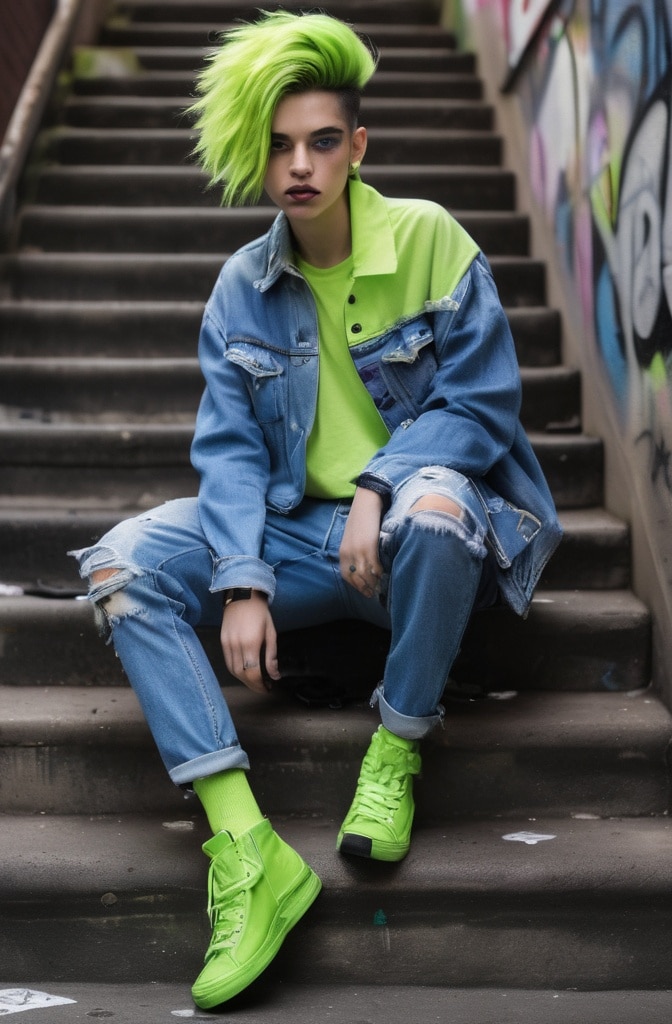
Think jeans that aren’t actually jeans anymore. Picture denim that’s been torn apart and reassembled in the most unexpected ways – upside-down pockets, exposed seams, panels attached with visible safety pins, or parts completely missing.
One of my favorite pieces is a denim jacket where the sleeves are attached to the hem instead of the shoulders. Makes no practical sense. Looks incredible.
Margiela pioneered this deconstructionist approach decades ago, but brands like Vetements and Y/Project have taken it into new territory. The trick is balance – pair your chaotic denim with something relatively simple, like a crisp white tee or a solid-colored bodysuit.
3. Transparent Layers: The Art of Reveal and Conceal
There’s something magical about see-through fabrics stacked upon each other. It creates depth, mystery, and visual intrigue.
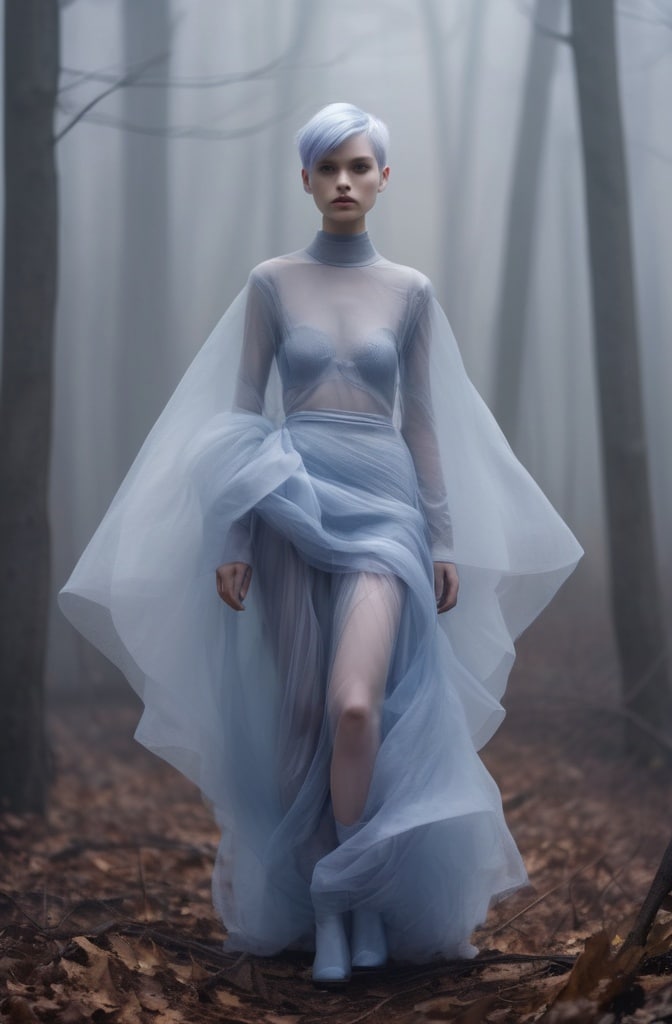
Layer different transparent materials – organza, tulle, plastic, vinyl – in varying lengths and colors. Maybe a clear PVC coat over a mesh dress over opaque undergarments. Each layer reveals something different as you move. The effect is almost like a living, breathing art installation.
This technique works particulerly well when you play with contrasting textures. Stiff transparent pieces over flowing soft ones. Hard over soft. Angular over curved. The juxtaposition is what makes it avant-garde rather than just… naked.
4. Neo-Victorian Futurism: Time-Bending Fashion
Who says you can’t mix 19th-century sensibilities with space-age materials? This approach combines high collars, corsets, and bustle-inspired shapes with metallic fabrics, LED lighting, or 3D-printed accessories.
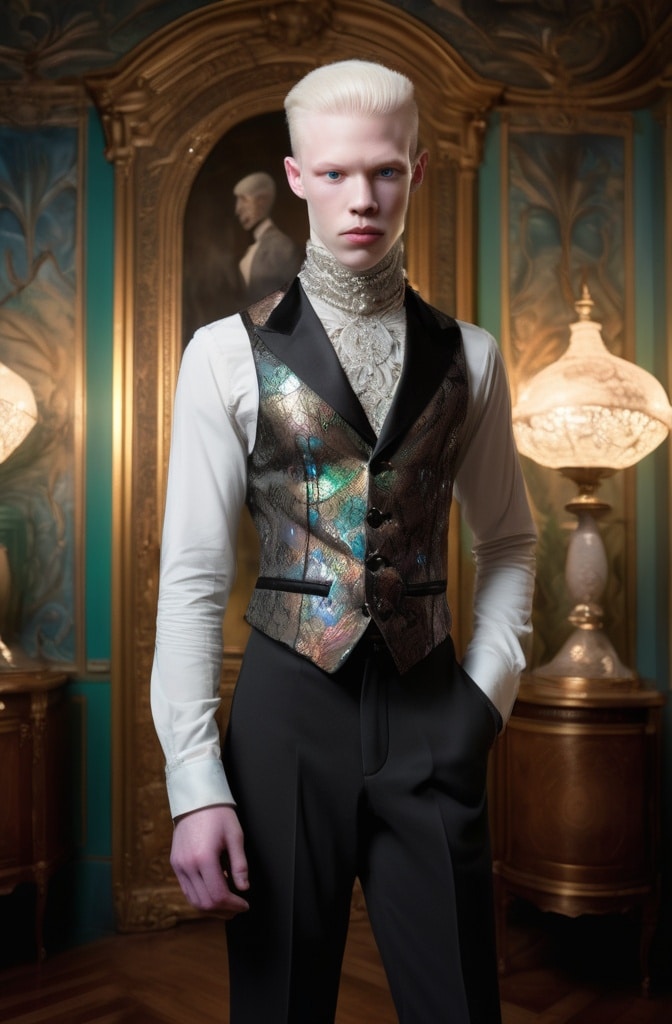
Picture a corset made of iridescent material that changes color as you move, paired with a voluminous skirt featuring embedded tech. Or perhaps a high-necked blouse with exaggerated sleeves made from sound-responsive fabric.
Alexander McQueen was the master of this historical-meets-futuristic aesthetic. The key is finding pieces that honor historical silhouettes while completely reinventing them with modern techniques and materials. It’s literally fashion time travel.
5. Asymmetrical Everything: Balanced Imbalance
Forget everything you know about symmetry. Avant-garde fashion loves to play with unexpected proportions and delibrate imbalance.
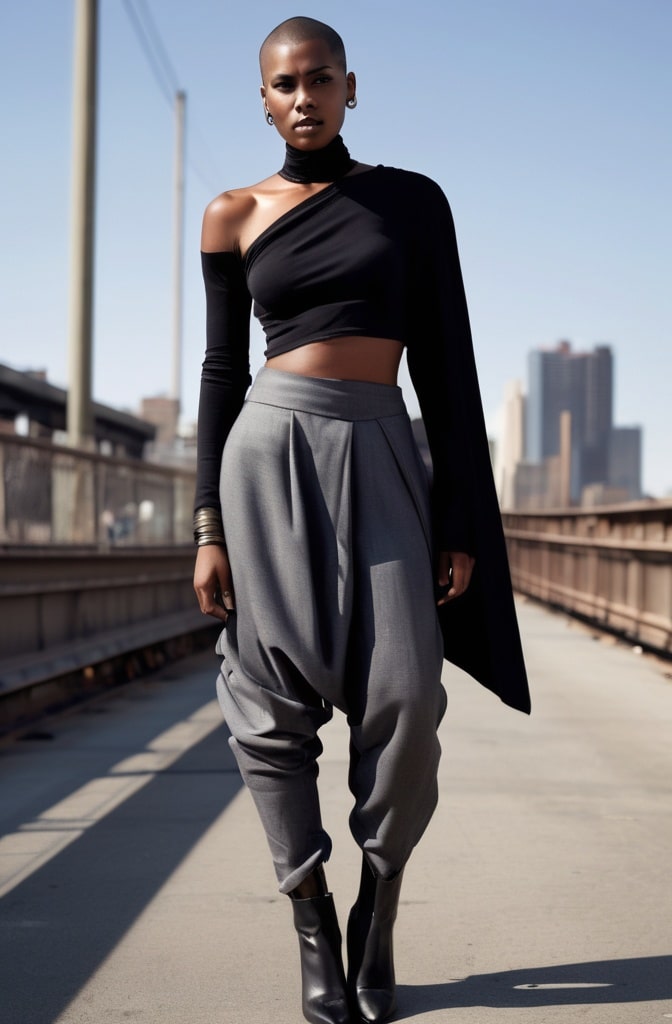
Try a dress with one massively oversized sleeve while the other arm remains bare. Or pants with one wide leg and one skinny leg. Maybe a top that drapes dramatically on one side but is sharply tailored on the other. These asymmetrical choices create visual interest and make people look twice.
Japanese designers like Rei Kawakubo of Comme des Garçons and Yohji Yamamoto have been pioneering asymmetrical design for decades. Their influence is everywhere in contemporary avant-garde fashion. The beauty of asymmetry is how it forces the eye to keep moving across the outfit, discovering new details.
See Also: 17 Best Harajuku Dress to Impress Outfit Ideas
6. Wearable Sculpture: Fashion as Art
Why should sculptures stay in museums when they could be walking down the street on your body?
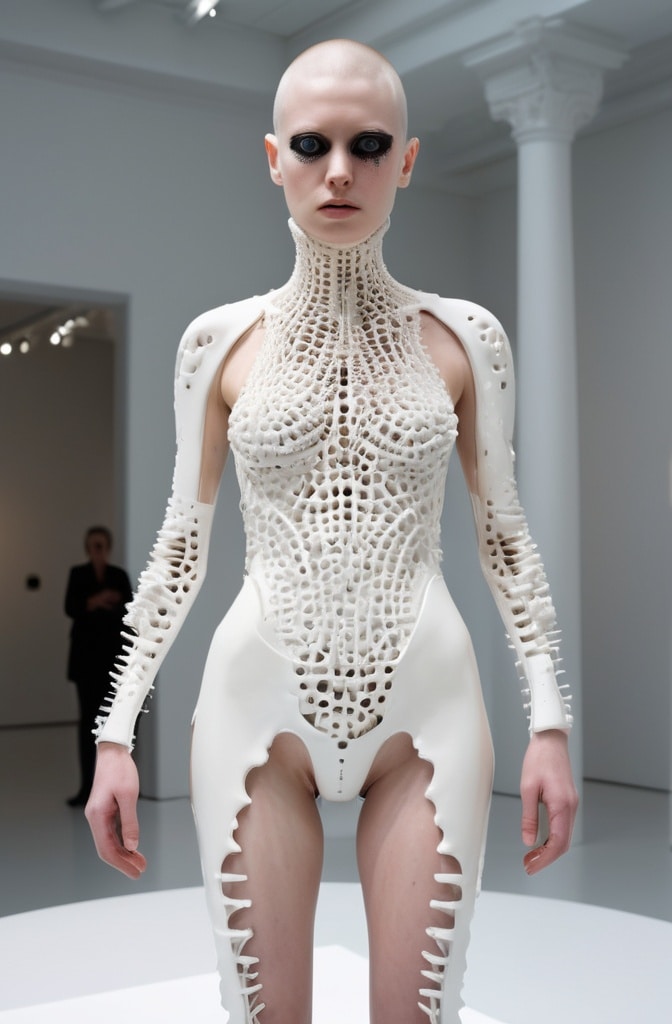
Clothing that defies conventional forms becomes wearable sculpture. Think dresses with giant foam protrusions, coats with metal frameworks extending beyond the body’s natural lines, or headpieces that transform your silhouette into something completely otherworldly.
Iris van Herpen is the contemporary queen of this approach, creating pieces that seem impossible yet are actually wearable. The most successful sculptural fashion maintains a connection to the human form while completely reimagining it. It’s not always comfy, but it’s always unforgettable.
7. Digital Disruption: Tech-Infused Fashion
As tech evolves, so does its integration into avant-garde fashion. This isn’t just about LED lights anymore (tho those are still cool).
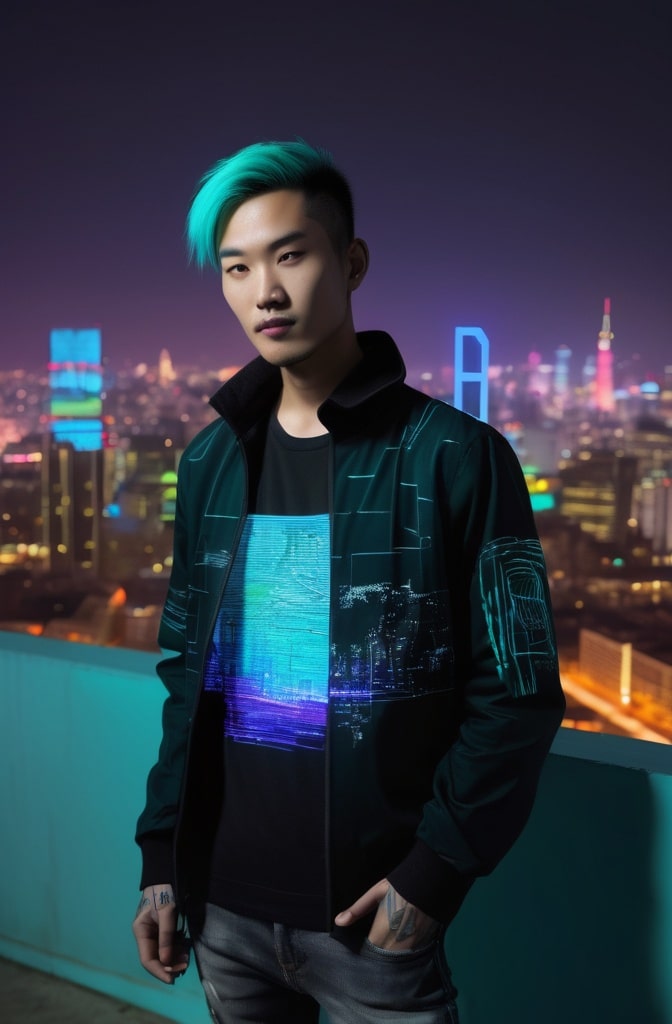
Experiment with garments featuring augmented reality elements, projection mapping capabilities, or climate-adaptive materials. Imagine a jacket that changes patterns based on social media interactions or a dress that responds to sound by shifting its shape.
The CuteCircuit brand has been pioneering this space, creating garments that incorporate technology in increasingly sophisticated ways. The most interesting tech fashion doesn’t just add gadgets to clothing – it fundamentally rethinks what clothing can do and be in the digital age.
8. Gender Dissolution: Beyond Binary Dressing
Avant-garde fashion has always been at the forefront of challenging gender norms through clothing. This approach actively rejects traditional gendered elements in favor of something entirely new.
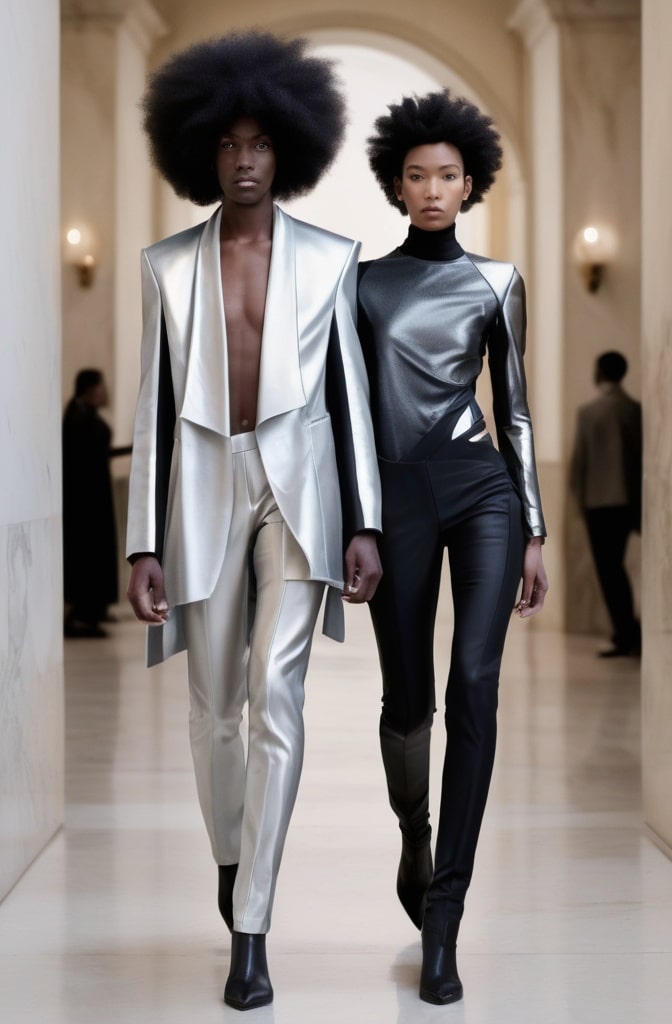
Combine traditionally masculine tailoring with feminine draping in unexpected ways. Suits with corseting, dresses with strong shoulders, skirts over pants, or pieces that can’t be categorized at all. The goal isn’t androgyny but rather the creation of something beyond conventional gender expression entirely.
Brands like Telfar and Palomo Spain are creating spaces where gendered fashion rules simply don’t apply. The most successful gender-fluid avant-garde pieces don’t just mix masculine and feminine – they question whether those categories mean anything at all.
9. Material Subversion: Unexpected Textures
What happens when materials are used in ways they were never intended? Magic, that’s what.
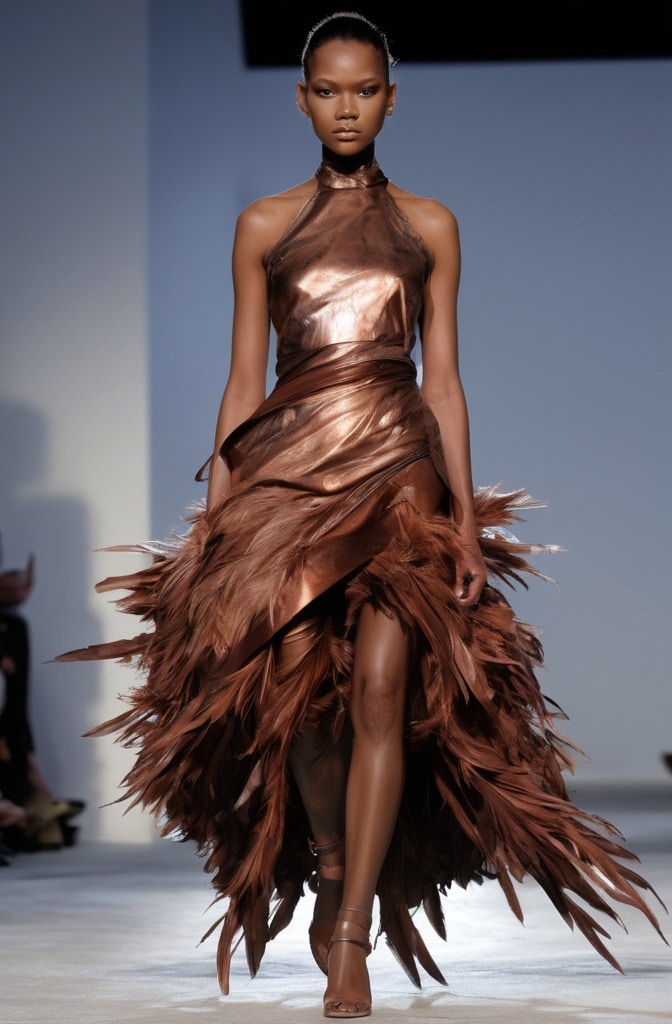
Industrial materials like rubber, latex, metal hardware, or construction supplies can be transformed into stunning fashion pieces. Think rubber formed into delicate-looking lace patterns, or metal washers linked together to create a flowing dress. The contradiction between the material’s usual purpose and its new application creates fascinating tension.
Paco Rabanne pioneered this with his metal-link dresses in the 1960s, but contemporary designers continue to push boundaries with innovative materials. The juxtaposition of hard industrial elements crafted into soft, wearable forms creates that perfect avant-garde disconnect.
10. Proportional Play: Size Matters
Avant-garde fashion loves to mess with scale and proportion in ways that challenge our expectations of how clothes should fit the human body.
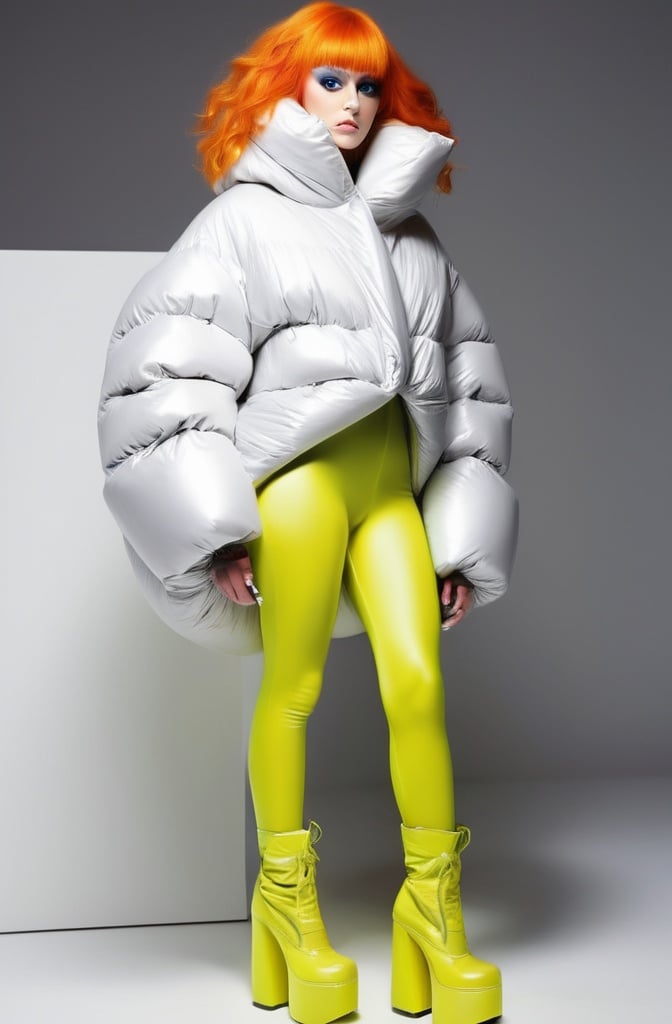
Experiment with massively oversized elements contrasted with tiny, fitted pieces. Perhaps an enormous coat paired with micro-shorts, or massive platform boots balancing a miniature hat. The distortion of expected proportions forces viewers to reconsider the relationship between body and garment.
Demna Gvasalia at Balenciaga has mastered this technique in recent years, creating silhouettes that seem to swallow the wearer or exaggerate certain body parts while minimizing others. The key is intentionality – these aren’t just “ill-fitting” clothes; they’re deliberately playing with our expectations.
11. Historical Collage: Time-Traveling Aesthetics
Why choose one historical period when you can reference several simultaneously? This approach creates outfits that exist outside of linear time.
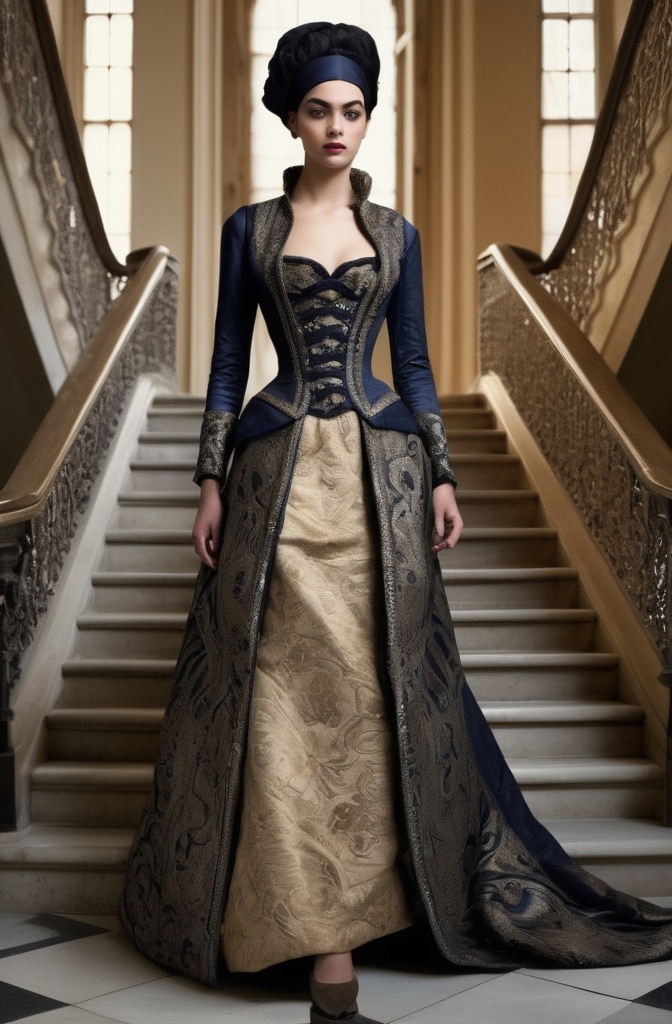
Mix elements from vastly different eras – Victorian sleeves with 70s platforms and futuristic materials, perhaps. Or medieval-inspired corsetry paired with 90s minimalism and 3D-printed accessories. The temporal dissonance creates outfits that feel both familiar and completely new.
John Galliano’s work often embodies this time-traveling aesthetic, creating fashion fantasias that reference multiple periods at once. The best historical collage doesn’t feel like costume – it feels like the creation of an entirely new timeline where these elements logically coexist.
See Also: 18 Alice in Wonderland Dress to Impress Outfit Ideas
12. Repurposed Reality: Everyday Objects as Fashion
One of the most playful avant-garde approaches involves taking mundane objects and transforming them into wearable art.
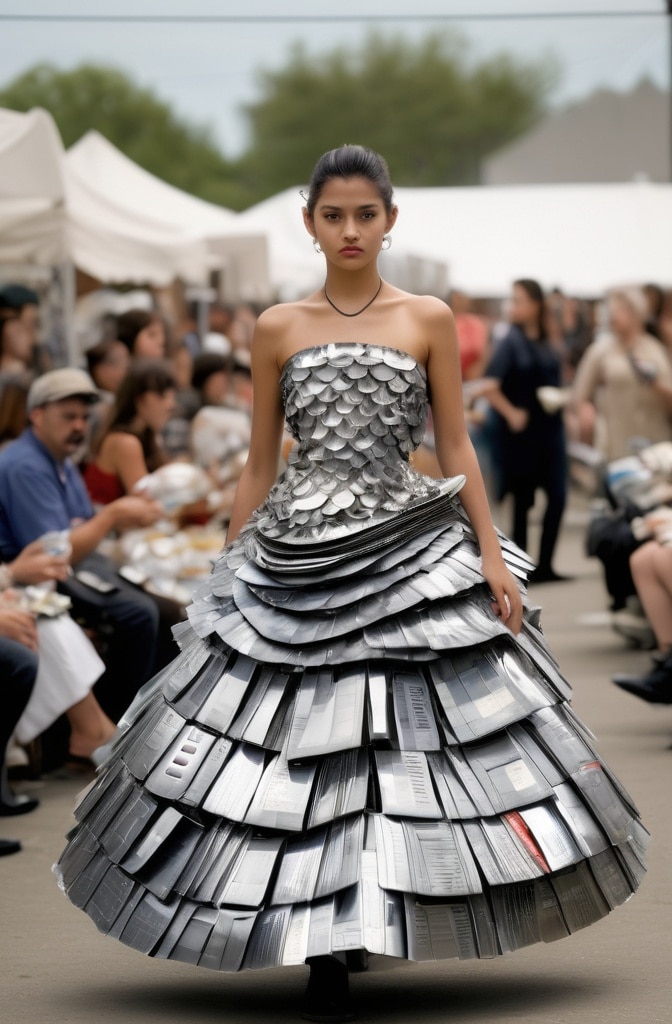
Household items, industrial parts, or everyday objects can become extraordinary fashion pieces in the right hands. Imagine a dress made from hundreds of plastic spoons, a coat constructed from vintage maps, or jewelry crafted from computer parts.
The transformation of the recognizable into the unexpected creates both visual interest and conceptual depth.
This approach has roots in Dada and Surrealism, but designers like Franco Moschino and Jeremy Scott have brought it into contemporary fashion. The most successful examples maintain a balance between recognizability and transformation – you want people to eventually realize what they’re looking at.
13. Optical Illusion: Mind-Bending Visuals
Fashion that tricks the eye creates a walking visual puzzle that’s impossible to ignore.
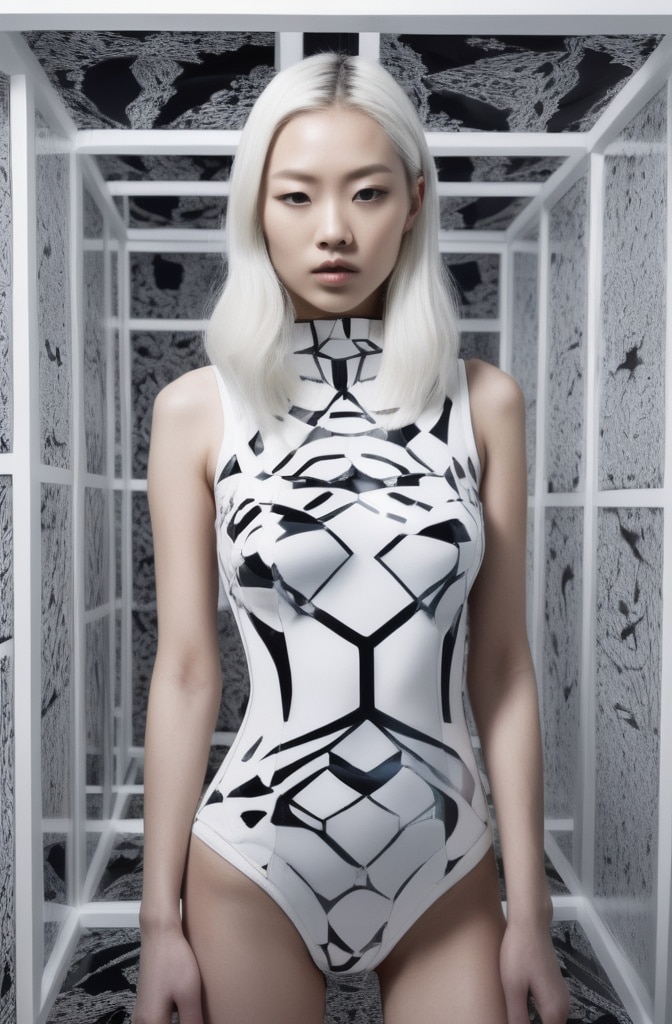
Garments can be designed to create optical illusions – making the body appear to be broken apart, creating impossible geometries, or suggesting movement even when still. Think dresses with trompe l’oeil effects, garments that appear to defy gravity, or prints that vibrate visually as you move.
Designer Iris van Herpen frequently incorporates optical illusions into her work, creating pieces that seem to ripple and shift before your eyes. The most effective illusion pieces work from multiple angles, revealing different effects as the wearer moves through space.
14. Emotional Externalization: Feelings as Fashion
What if your clothes could physically represent internal emotional states? This conceptual approach turns feelings into wearable forms.
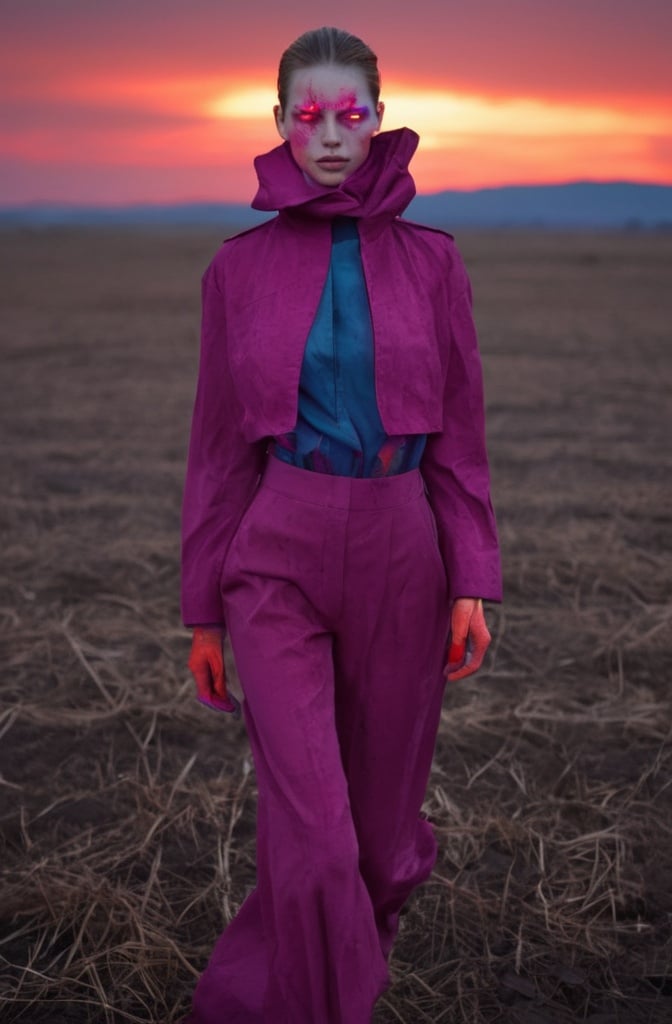
Garments might physically change shape to represent emotional states – perhaps a jacket with sections that can inflate to create a protective barrier when you’re feeling vulnerable, or a dress with parts that detach to represent letting go. These pieces often incorporate unusual mechanisms or transformative elements.
Hussein Chalayan is known for creating emotionally expressive garments that transform in meaningful ways. The best examples go beyond simple metaphor to create genuine emotional resonance through their physical form and function.
15. Negative Space: The Art of Absence
Sometimes what isn’t there is more interesting than what is. This approach focuses on deliberate absence as a design element.
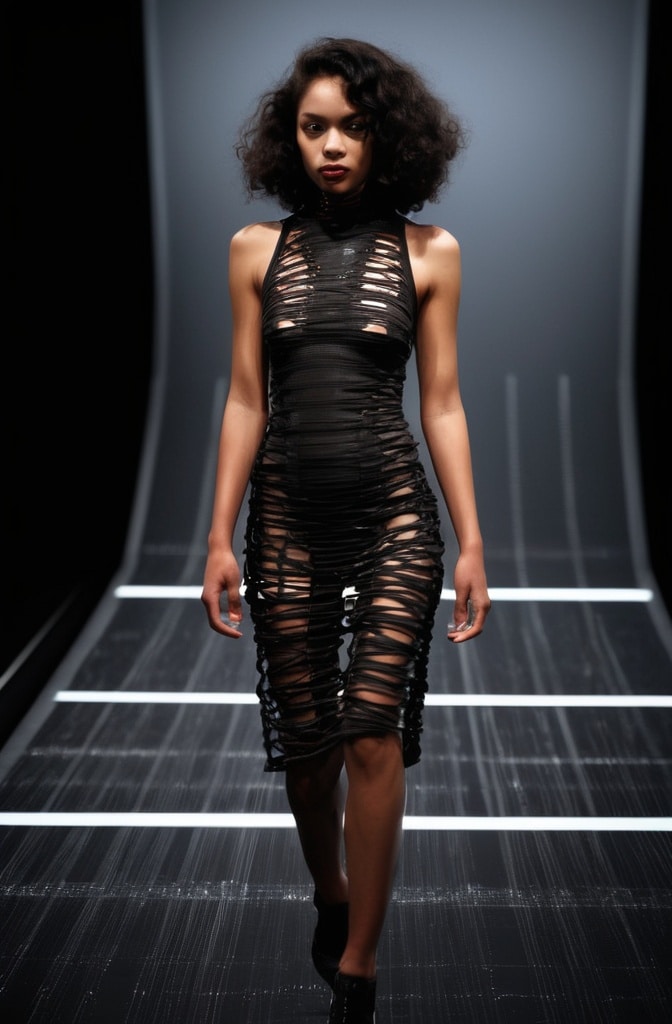
Garments with strategic cutouts, slashes, or completely missing sections create a dialogue between presence and absence. A jacket missing its back, pants with spiraling cutouts wrapping around the legs, or a dress that’s more framework than fabric – these pieces use negative space as a primary design element.
Designer Rei Kawakubo frequently explores this concept, creating garments that question where the body ends and the garment begins. The most successful negative space designs maintain structure and intentionality despite their apparent deconstruction.
16. Transportable Environments: Wearable Spaces
Why just wear an outfit when you could wear an entire environment? This ambitious approach creates garments that function as personal architectural spaces.
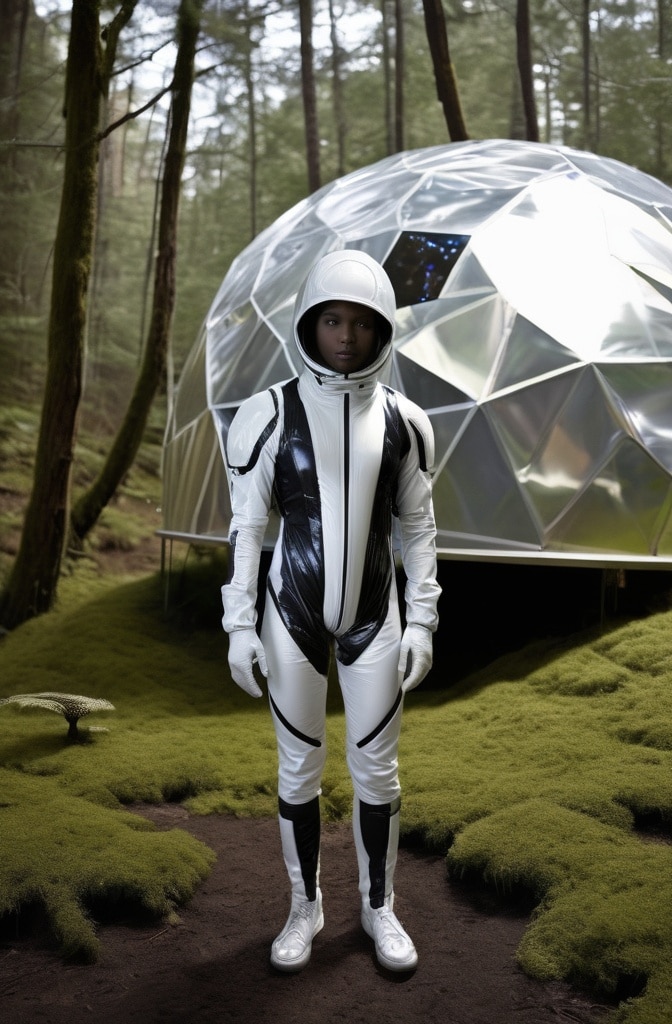
Pieces might include structural elements that create space around the body, transformable elements that can expand to create shelter, or interactive components that respond to and modify the surrounding environment. These aren’t just clothes – they’re wearable microenvironments.
Lucy McRae explores this concept with her “body architecture” that blurs the line between fashion, architecture, and mobile habitat. The most successful examples maintain wearability while creating genuine spatial experiences beyond the body’s natural boundaries.
17. Linguistic Fashion: Words as Design Elements
Language itself becomes a design element in this conceptual approach to avant-garde fashion.
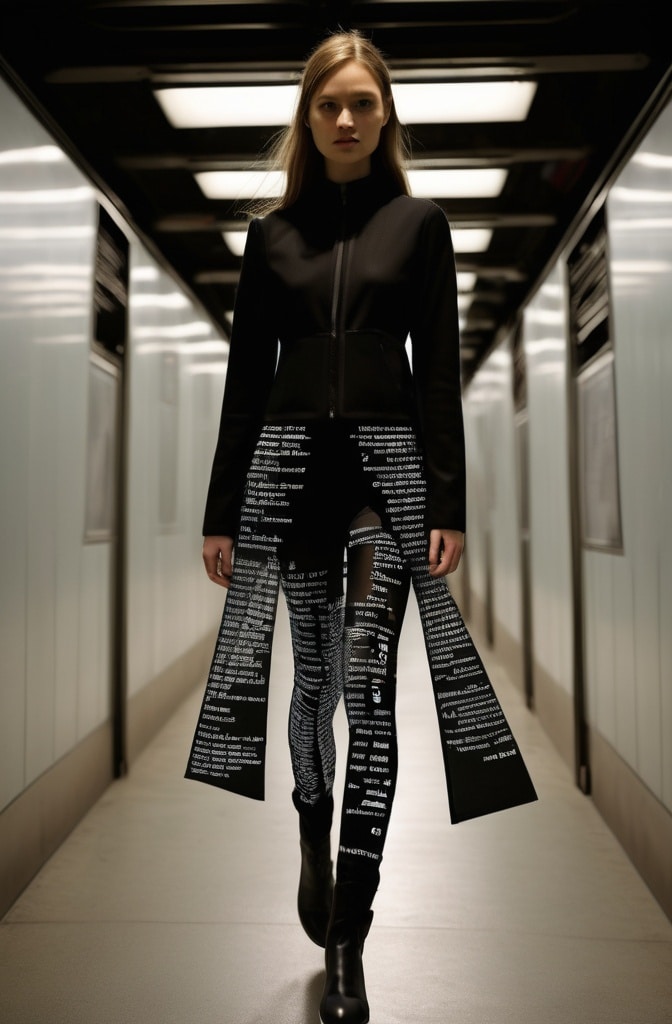
Text can be incorporated as more than just a logo or slogan – it becomes an integral visual and conceptual component of the garment. Perhaps a dress covered in handwritten manifestos, a coat constructed from book pages, or accessories that feature moving electronic text that changes throughout the day.
Maison Margiela has utilized text in unexpected ways throughout its history. The most interesting text-based fashion pieces use language that relates meaningfully to the garment itself, creating a recursive relationship between form and content.
18. Bio-Fashion: Living, Growing Garments
Perhaps the most experimental frontier in avant-garde fashion involves incorporating actual living elements into garments.
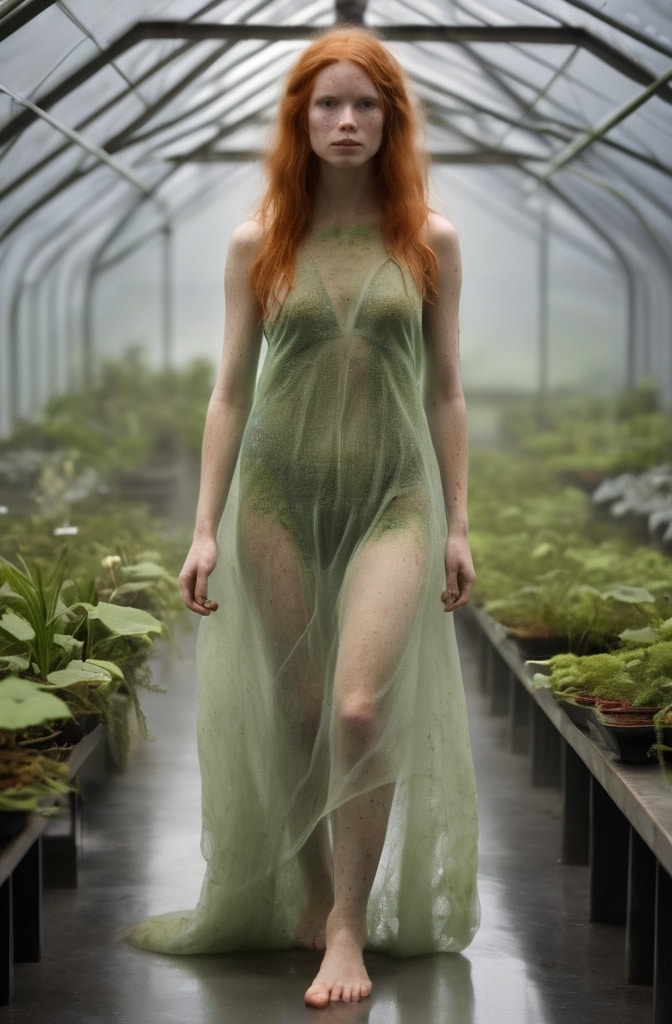
Pioneering designers are working with biologists to create fabrics grown from bacteria, mycelium, algae, or other living organisms. These pieces might change color based on environmental conditions, grow over time, or even photosynthesize. It’s fashion that’s literally alive.
Designer Suzanne Lee has been at the forefront with her biofabricated materials, creating garments that blur the line between fashion design and biological cultivation. The most promising bio-fashion approaches sustainability meaningfully while creating visually striking results.
The Art of Wearing the Unwearable
The true essence of avant-garde fashion isn’t just wearing unusual garments – it’s about embodying a philosophy that questions everything we take for granted about clothing. These 18 approaches offer starting points, but the real magic happens when you mix and match them to create your own fashion statements.
Remember, avant-garde fashion requires confidence. These pieces don’t just hang on your body; they demand to be performed. You’re not just getting dressed; you’re curating a living art installation with yourself at the center.
Not every day calls for full avant-garde expression. Maybe you start with one unusual piece paired with basics. Then gradually increase the experimental quotient as your confidence grows. The most sophisticated fashionistas know when to push boundaries and when to pull back.
The beauty of avant-garde fashion is that there are no real rules except the ones you deliberately choose to break. So go forth, experiment wildly, and remember – when people stare, you’re doing something right.

